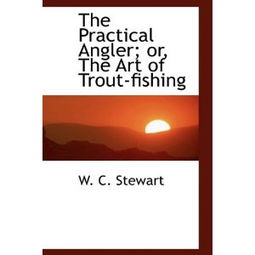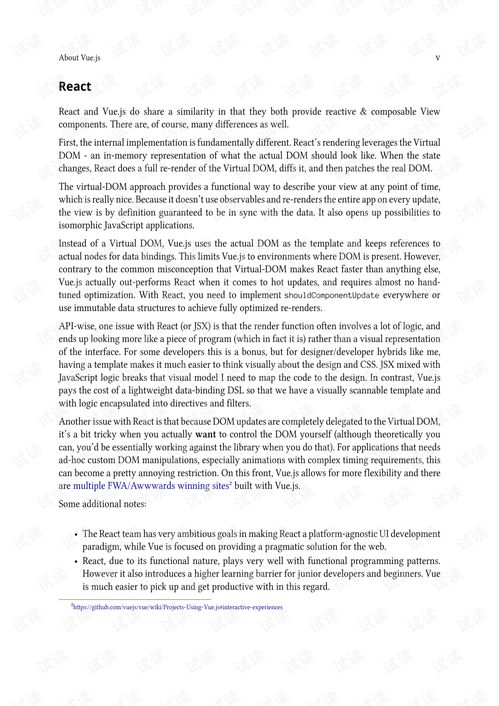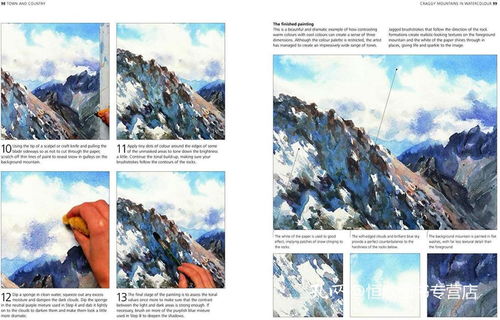Content:
Learning to fish is an enjoyable and rewarding activity that can be both relaxing and exciting. One of the fundamental skills in fishing is mastering the art of casting. Casting is the process of throwing your fishing line out into the water, and it's crucial for reaching your desired fishing spots and presenting your bait or lure effectively. Here's a comprehensive guide on how to learn the essential techniques for casting.
Understanding the Basics of Casting
Before diving into the techniques, it's important to understand the basic components of casting. These include:
- Rod: The fishing rod is the main tool for casting. It's designed to transfer the energy from your hand to the line, creating the cast.
- Reel: The reel holds the fishing line and provides the tension necessary for casting and retrieving.
- Line: The fishing line is the medium through which the bait or lure is presented to the fish.
- Leader: The leader is a section of line that connects the main line to the lure or bait. It's usually lighter than the main line and has a smaller diameter to reduce visibility to fish.
- Bait or Lure: This is what you're trying to catch the fish with.
The Basic Casting Technique
The basic casting technique involves the following steps:

- Grip the Rod: Hold the rod with a comfortable grip, typically with the index finger and thumb wrapped around the handle. The distance between your fingers should be about the width of your palm.
- Load the Rod: Begin by lifting the rod tip slightly above the water. This action is known as "loading" the rod. The rod should bend at the tip, storing energy for the cast.
- Backcast: Move the rod back over your shoulder, allowing the line to unwind from the reel. Keep the line tight and control the speed of the backcast to ensure a smooth transition to the forward cast.
- Forward Cast: As you bring the rod forward, release the line with a flick of your wrist. The energy stored in the bent rod tip will propel the line forward.
- Set the Hook: Once the bait or lure reaches its intended destination, quickly set the hook by jerking the rod tip down or to the side.
Advanced Casting Techniques
Once you've mastered the basic casting technique, you can move on to more advanced methods:
- Trolling: Trolling involves casting your lure or bait behind a moving boat. To do this, cast the line out and then slowly retrieve it while moving the boat forward.
- Jigging: Jigging is a technique used for bottom fishing. You drop the lure to the bottom and then quickly move it up and down to mimic a struggling fish.
- Pitching: Pitching is used to cast a lure or bait directly into a tight spot. You hold the rod low and use a wrist flick to send the lure into the desired area.
Practical Tips for Improving Your Casting
Here are some practical tips to help you improve your casting technique:
- Practice Regularly: Like any skill, casting requires practice. Spend time casting in different conditions to improve your accuracy and distance.
- Use the Right Equipment: Make sure you have the right rod, reel, and line for the type of fishing you're doing. The wrong equipment can hinder your casting ability.
- Focus on Your Form: Pay attention to your grip, stance, and the mechanics of the cast. A good form will lead to more consistent results.
- Experiment with Different Techniques: Try out different casting techniques to see which one works best for you and the type of fishing you're doing.
- Learn from Others: Observing and learning from experienced anglers can provide valuable insights into improving your casting skills.
In conclusion, learning to fish and mastering the art of casting is a journey that requires patience, practice, and persistence. By understanding the basics, practicing regularly, and experimenting with different techniques, you'll be well on your way to becoming a skilled angler. Happy fishing!












